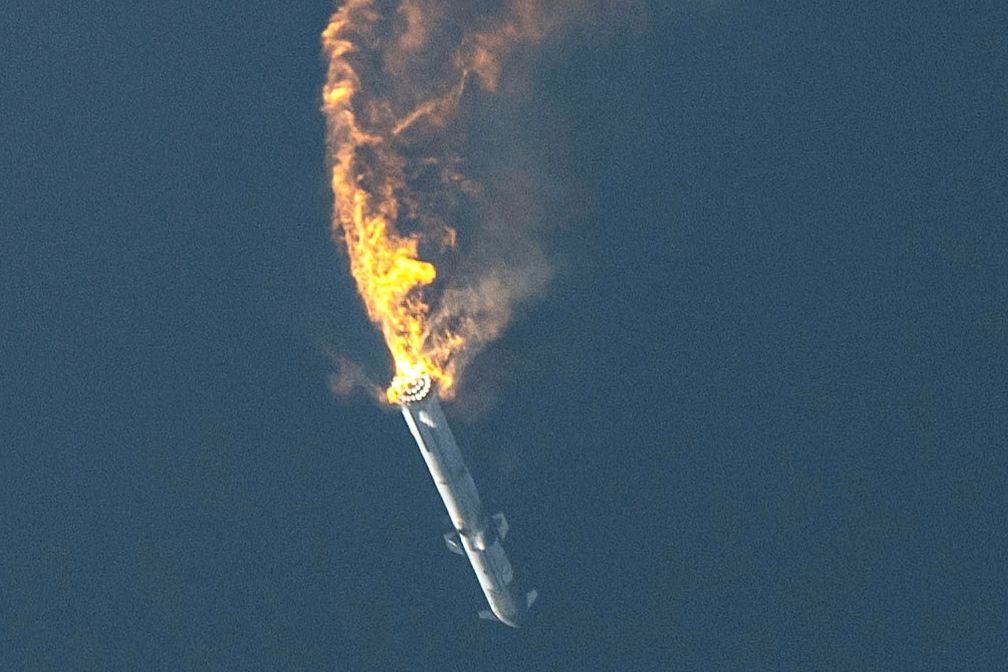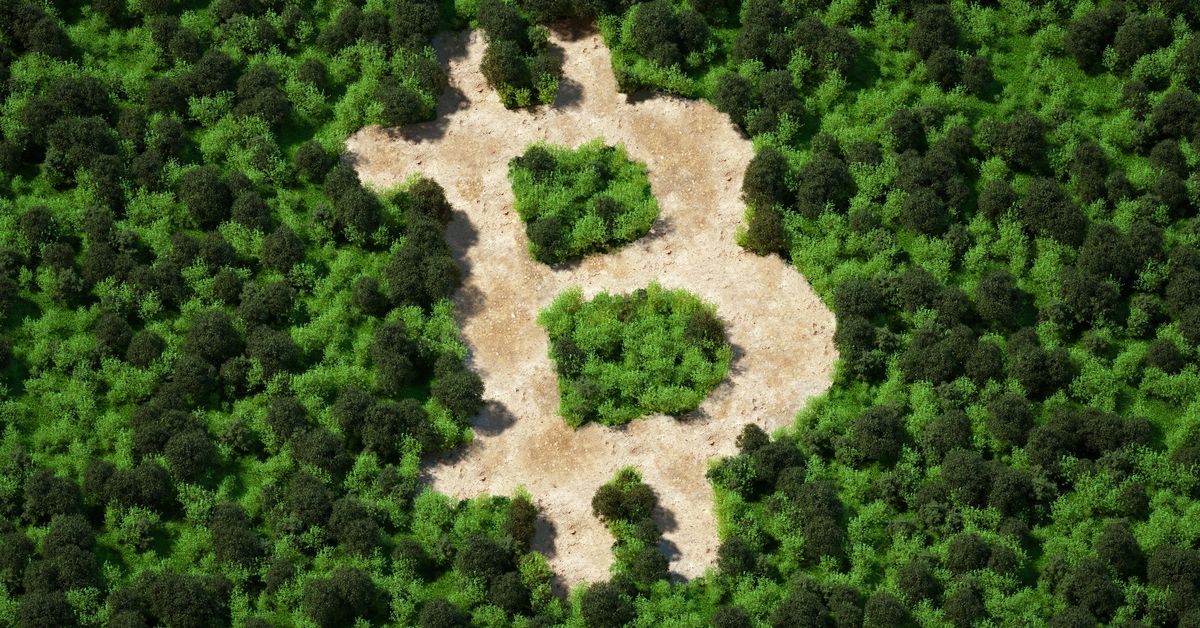Elon Musk describes Starship flight as ‘roughly what I expected’
Listen 4 min Comment on this story Comment Gift Article Share
SpaceX CEO Elon Musk said Saturday evening that the company’s test flight of its Starship rocket earlier this month — which kicked up a “tornado” of rocks, sent debris flying hundreds of feet and ended up with the rocket tumbling and then exploding four minutes into flight — was “roughly what I expected.”
The damage to the company’s private spaceport in South Texas “is actually quite small,” he said on Twitter Spaces in his first extensive comments on the test flight.
And the rocket, the most powerful in the world, achieved some significant milestones, he said, flying faster than the speed of sound and making it through the most aerodynamically challenging portion of the flight. It did that even though three first-stage engines failed to ignite on the pad and a few others went out during the flight, ultimately sending it end over end as it hit a top altitude of about 24 miles.
Advertisement
But Musk noted the automated flight termination system, which is designed to destroy the rocket in case it goes off course, took too long — about 40 seconds — to ignite. That may mean it has to get it recertified by the Federal Aviation Administration.
The company will also have to reinforce the launchpad with a water-cooled steel plate that would replace the concrete that was shattered and scattered like shrapnel during the first test flight.
“We're putting down a lot of steel,” he said.
For now, SpaceX’s Starship is grounded while the company investigates the failure with the FAA’s supervision. In a statement this week, the FAA said SpaceX had to “perform analyses to ensure that the public was not exposed to unacceptable risks,” including a “post-flight data review to ensure consistency between the assumptions used for their safety analyses and the data observed from the flight.”
Advertisement
Furthermore, the company “must demonstrate that any ground safety and flight hazards do not pose unacceptable risk to the public during licensed activities,” the FAA continued. It had said that no people or public property was damaged during the flight.
The U.S. Fish and Wildlife Service is also coordinating with the FAA. In a statement this week, it said that the rocket, which has 33 first-stage engines and stands nearly 400 feet tall, sent “numerous large concrete chunks, stainless steel sheets, metal and other objects ... thousands of feet away along with a plume cloud of pulverized concrete that deposited material up to 6.5 miles northwest of the pad site.”
It also ignited a 3.5-acre fire south of the pad, but “no dead birds or wildlife have been found on refuge-owned or managed lands,” the Service noted.
Asked about the debris and the possibility of a lawsuit being brought by environmental groups, Musk conceded the event “did kick up a lot of dust, but … there has not been any meaningful damage to the environment that we’re aware of.”
Advertisement
NASA Administrator Bill Nelson, testifying in Congress this week, said he was not concerned about the test flight and that he expected SpaceX to fly the rocket again within a couple of months.
“[The explosion] is not a big downer in the way that SpaceX does things,” he said. “They are hardware-rich, meaning they’ve got a lot of those rockets ready to go. And that’s their modus operandi. They launch. If something goes wrong, they figure out what it is. They go back, and they launch it again.”
In 2021, NASA awarded a contract worth $2.9 billion to use Starship as the vehicle to ferry astronauts to and from the surface of the moon as part of its Artemis program. Since then, it awarded SpaceX a contract worth $1.15 billion for a second moon landing.
The rocket is made up of two sections: the Super Heavy booster and the Starship spacecraft, which would be used to carry payloads such as satellites and eventually people.
Advertisement
If the FAA signs off on SpaceX’s investigation and grants it another launch license, Musk said, the company would have a good chance of not just flying again but also reaching orbit.
The next booster to fly will have some “significant reliability improvements” that will give the rocket a better chance of success, he said.
“I don’t want to tempt fate, knock on wood, but I think close to 100 percent chance reaching orbit within 12 months,” he said.
GiftOutline Gift Article
Source: The Washington Post


